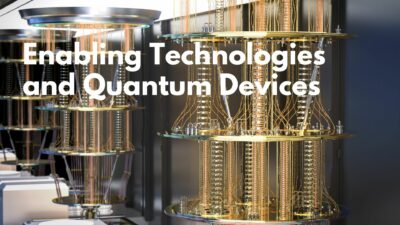This article discusses research by NIST’s Spin Electronics Group on hybrid memory devices that combine ferromagnetic and superconducting materials. These devices aim to create non-volatile, energy-efficient memory elements for use in large-scale superconducting computing. The challenge lies in integrating spintronic devices, which use magnetic fields and spin-polarized currents, with superconducting circuits, which typically require zero magnetic fields. NIST researchers are studying how superconducting currents interact with ferromagnetic layers, focusing on effects like spin-filtering and exchange interactions, which are more scalable than magnetic fields. Their work is part of the IARPA Cryogenic Computing Complexity (C3) program, which seeks to develop superconducting computers with faster speeds and lower energy use.
A key breakthrough is the discovery that the critical current in Josephson junctions depends on the magnetic state of the memory element, not on stray magnetic fields. This finding is important because it shows that the exchange interaction, which is scalable to nanoscale devices, is responsible for the effect. The researchers also developed a new automated measurement system that allows precise, high-frequency testing of nanoscale devices at different temperatures and in magnetic fields. This system improves measurement accuracy and will support future development of cryogenic computing technologies. The work is part of a broader effort to create new computing architectures that can handle complex simulations in fields like weather modeling, cryptography, and finance.
Source: https://www.nist.gov/programs-projects/hybrid-ferromagnetic-superconductor-memory
Keywords: spintronics, superconductivity, metrology



